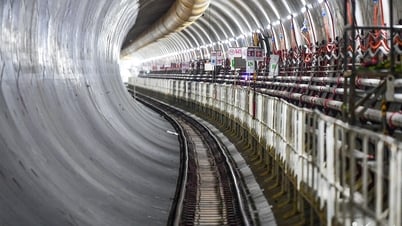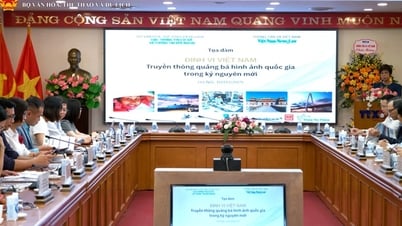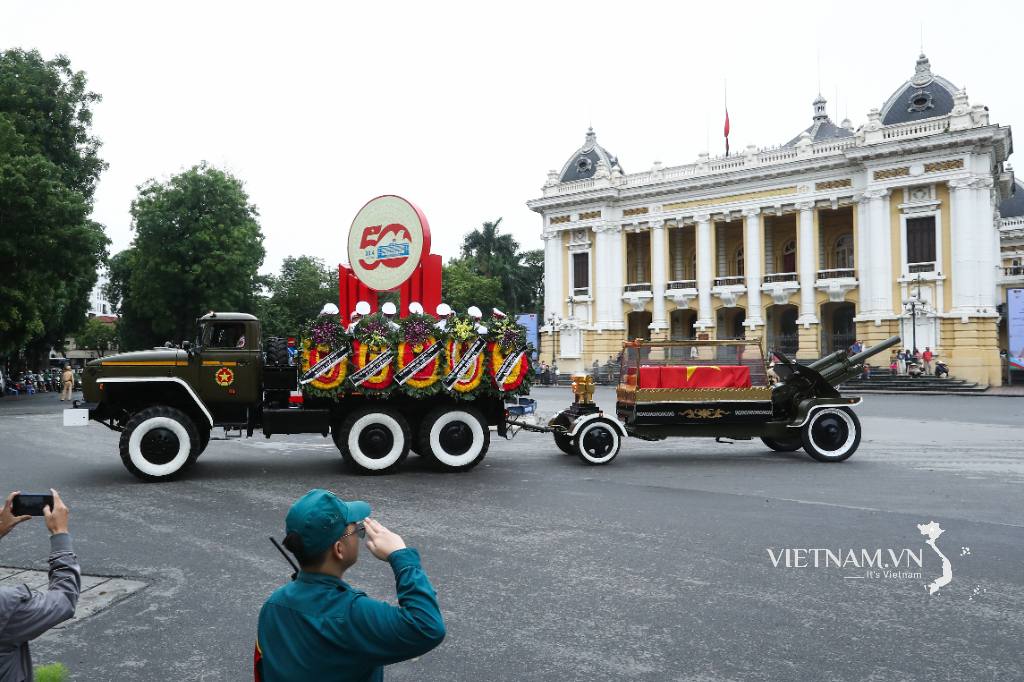The automatic transmission car market has dominated the auto industry for decades. The convenience of simply shifting the gear lever into “D” mode and letting the car drive itself throughout the journey has made this type of car increasingly popular.
Without the need to engage and depress the clutch and shift gears like on a manual car, automatic driving becomes more accessible, especially in crowded urban traffic conditions with frequent traffic jams.
.jpg)
However, because of that simplicity, many drivers are subjective, thinking that automatic cars "just run", leading to wrong habits that can cause long-term damage to the gearbox.
In fact, the operating mechanism of an automatic transmission is very different and sophisticated, designed to optimize the ability to shift gears smoothly without much intervention from the driver. But if you use it incorrectly, such as applying the mindset of driving a manual car, or trying some "tricks" that seem good, the consequences can be very serious.
Seemingly harmless daily habits can silently wear down important components, causing gear shifts to become slow and uneven, and over time can lead to damage to the transmission, one of the most expensive parts of a vehicle.
Shifting gears before the car comes to a complete stop
One of the most common but most damaging mistakes with automatic transmission cars is switching between D (Drive), R (Reverse) and P (Park) modes while the car is still moving.
In principle, these three modes serve completely different situations, and switching between them should only be done when the car has come to a complete stop. However, many drivers, out of haste or subjectivity, have the habit of changing gears while the car is still moving, such as quickly pulling into a parking space and then quickly switching to P mode, or going downhill in N mode (neutral).
This is not only a safety hazard, but also a “death sentence” for the transmission. Automatic transmission systems are designed with high precision, requiring smooth coordination between gears and transmission mechanisms.
When you shift gears while the car is still moving, these parts are forced to “bear” great pressure, leading to premature wear and damage, and in the long run, can leave you facing expensive repair costs. This is the type of error that you may not notice right away, but the consequences will be very obvious after a period of use.
Keep driving mode when parking
When stopping in a parking lot, on the side of the road or anywhere out of traffic, the simple but important thing you need to do is shift the gear lever into P and take your foot off the brake pedal.
Not only is this a safer move, it also relieves unnecessary stress on the transmission and engine, especially if you plan to stop for several minutes or longer.
However, some drivers, out of convenience or impatience, have the habit of keeping the driving mode (D) and pressing the brake when waiting for people or stopping temporarily. In the long run, this seemingly harmless action can cause the engine to heat up unnecessarily, because the system is still operating in ready-to-go mode.
If repeated frequently, the engine temperature will gradually increase over time and can lead to overheating, a common cause of serious damage to internal components.
So, even if you're only stopping for a few minutes, switch to P mode. It's a simple way to prolong the life of your vehicle and ensure your own comfort.
Press the gas suddenly
One of the most common temptations, especially for new drivers, is to step on the gas as soon as you start the car, or “launch,” and go full throttle. The thrill of the car shooting forward in a split second may be exhilarating, but in reality, it’s the quickest way to wear out your transmission and engine.
Automatic transmissions are not designed to handle sudden high torque levels when the vehicle is stationary. When you press full throttle from a standstill, the entire drivetrain is subjected to a huge amount of force at once, which not only stresses the transmission but also puts the engine into a sudden state of overload.
In cold weather conditions, the consequences are even more serious because the oil has not had time to warm up and circulate effectively, causing metal parts to rub directly against each other, an ideal scenario for premature damage.
Whether you're in a hurry or simply want to experience the thrill, remember to accelerate slowly and steadily. This is the smart way to drive, both safe and helps protect the longevity of your vehicle in the long run.
Ignore the “Check Engine” Warning Light
Of all the warning signs on your car's dashboard, the Check Engine light is perhaps the most confusing. It often comes on unexpectedly, without any obvious signs of a problem, and sometimes even goes out on its own.
It is this ambiguity that makes many drivers complacent, choosing to ignore it in the hope that “everything will be fine”. But like many problems in life, ignoring it is not a good solution.
.jpg)
The Check Engine light isn't just about the engine, it can also signal serious problems with your automatic transmission, such as low transmission fluid, slipping gears, grinding, or overheating.
If these problems are not detected and handled promptly, they can lead to serious damage, costing tens of millions of dong to repair.
Even if your car seems to be running “normally,” don’t ignore this sign. Take your car to a garage for a checkup as soon as possible to determine the exact cause. A timely checkup can save you both a big expense and an unnecessary safety risk.
Shift to neutral when stopping at a red light
On automatic transmission vehicles, N (Neutral) mode exists primarily as an emergency measure, such as when the vehicle has problems with the accelerator or brakes, or when the vehicle needs to be pushed out of a stuck position.
However, many drivers, especially those who are used to manual transmission cars, have the habit of shifting to neutral when stopping at red lights, thinking that it will save fuel or help the car “rest” a bit. In fact, this is an unnecessary and potentially risky habit.
Automatic transmissions are designed to operate stably in D mode, even when stopped. Frequently shifting to neutral not only does not save fuel, but can also cause unnecessary mechanical wear on the transmission.
More dangerously, if you accidentally step on the gas while still in N mode, the car will not move as desired, which is extremely dangerous if you are at a busy intersection or in a situation where you need to react quickly.
Instead of adopting the old habit from manual transmission cars, leave the car in D mode and keep your foot on the brake, which is safer and more suitable for the design of today's automatic transmissions.
Source: https://baonghean.vn/nhung-dieu-can-tranh-khi-su-dung-xe-o-to-so-tu-dong-10302020.html

























![[Photo] Gia Lai provincial leaders offer flowers at Uncle Ho's Monument with the ethnic groups of the Central Highlands](https://vphoto.vietnam.vn/thumb/1200x675/vietnam/resource/IMAGE/2025/7/9/196438801da24b3cb6158d0501984818)










































































Comment (0)